

Articles
How To Store Flowers
Modified: January 9, 2024
Discover helpful articles on how to store flowers properly for long-lasting beauty. Learn useful tips and techniques to preserve your favorite blooms and extend their lifespan.
(Many of the links in this article redirect to a specific reviewed product. Your purchase of these products through affiliate links helps to generate commission for Storables.com, at no extra cost. Learn more)
Introduction
Flowers are not just beautiful to look at; they can also hold a special sentimental value. Whether you received a bouquet on a special occasion, picked flowers from your garden, or want to keep the blooms from a meaningful event, properly storing flowers can help preserve their beauty and memories for a longer period of time.
In this article, we will explore various methods and techniques to store flowers effectively. By following the right steps, you can extend the lifespan of your flowers, keeping them vibrant and fresh for weeks or even months.
Before we delve into the different storage methods, it is important to note that some flowers are better suited for long-term storage than others. Certain varieties, such as roses, carnations, and chrysanthemums, tend to have longer vase life and are more likely to withstand the storage process. However, with the right care, you can still successfully store a wide range of flowers.
Now, let’s dive into the world of flower storage and discover the techniques that will help you enjoy your blooms for a longer duration!
Key Takeaways:
- Choose fresh, long-lasting flowers and prepare them properly for storage to extend their lifespan. Storing flowers in water, a refrigerator, or using silica gel are effective methods to maintain their beauty for weeks or even months.
- Whether it’s storing flowers in water, a refrigerator, using silica gel, or a dark, cool place, the right method can help preserve their beauty. Regular monitoring and maintenance are essential for successful flower storage.
Read more: How To Store Fresh Flowers
Choosing the Right Flowers
When it comes to storing flowers, it is important to start with blooms that are in their prime. Selecting flowers that are in perfect condition will increase the chances of successful storage. Here are some tips to keep in mind when choosing the right flowers for storage:
- Opt for fresh flowers: Look for flowers that are just beginning to bloom and have vibrant colors. Avoid flowers that have already started to wilt or have damaged petals.
- Consider long-lasting varieties: Certain flowers naturally have a longer vase life and are more suitable for storage. Roses, lilies, orchids, sunflowers, and alstroemerias are some examples of durable flowers that can withstand the storage process.
- Avoid delicate or highly fragrant flowers: Delicate flowers, such as daisies or tulips, may not fare well during the storage process. Similarly, flowers with strong scents can impact the surrounding blooms and may not be ideal for long-term storage.
- Check the stems: Ensure that the flower stems are intact and healthy. Select flowers with sturdy and unblemished stems, as they will hold up better during the storage period.
Remember, the quality and condition of the flowers you choose will have a significant impact on their ability to withstand storage. Take your time to carefully select fresh and durable blooms for the best results.
Preparing the Flowers for Storage
Before you can start storing your flowers, it is essential to properly prepare them. This will help increase their chances of survival and maintain their beauty during the storage period. Here are the steps to follow when preparing your flowers for storage:
- Remove any foliage: Strip the stems of any leaves or foliage that will be submerged in water or come into contact with the storage material. This will prevent the growth of bacteria and maintain the cleanliness of the storage environment.
- Trim the stems: Using clean and sharp scissors or shears, trim the stems at an angle. This allows for better water absorption and helps prevent them from sitting flat at the bottom of the container.
- Remove thorns or prickly leaves: For flowers like roses, it is advisable to carefully remove any thorns or prickly leaves that may cause damage to other blooms during storage.
- Use floral preservative: Prepare a mixture of floral preservative and water according to the instructions on the package. Floral preservatives contain nutrients and antimicrobial agents that help prolong the life of cut flowers.
- Submerge the stems: Place the prepared flowers in a container filled with the floral preservative mixture. Ensure that the stems are fully submerged in the solution to hydrate the flowers and provide them with essential nutrients.
- Allow the flowers to hydrate: Leave the flowers in the solution for a few hours or overnight to allow them to fully hydrate before proceeding with the storage process.
By properly preparing your flowers, you are setting them up for successful storage. These steps will help maximize the lifespan of your blooms and ensure they stay fresh and beautiful throughout the storage period.
Storing Flowers in Water
Storing flowers in water is one of the simplest and most effective methods to keep them fresh for a longer duration. Here are the steps to follow when storing flowers in water:
- Select a clean container: Choose a vase or container that is free of dirt, dust, or any residue. It is important to maintain a clean environment to prevent the growth of bacteria or fungi that can shorten the lifespan of your flowers.
- Fill the container with water: Use room temperature water and fill the container to a level that will fully submerge the stems of the flowers. Avoid using cold water, as it can shock the flowers and hinder their ability to absorb moisture.
- Add floral preservative: To further extend the life of the flowers, add floral preservative to the water according to the instructions on the package. This solution provides essential nutrients and inhibits the growth of bacteria.
- Trim the stems: Before placing the flowers in the container, trim the stems at an angle to allow for better water absorption. Remove any foliage that would be submerged in water.
- Arrange the flowers: Carefully place the trimmed stems into the water-filled container, making sure each stem is fully submerged. Arrange the flowers as desired, ensuring they have enough space to breathe and avoid overcrowding.
- Change the water regularly: To maintain the freshness of the flowers, change the water every 2-3 days. Before adding fresh water, trim the stems slightly to remove any potential blockages and improve water uptake.
By storing your flowers in water, you are providing them with the hydration they need to stay vibrant and fresh. This method is particularly effective for flowers that require constant access to water, such as hydrangeas or cut orchids.
Remember to keep the container away from direct sunlight and drafty areas to prevent the flowers from wilting or drying out quickly. With proper care and regular maintenance, your flowers can last for several days or even weeks when stored in water.
To store flowers, trim the stems at an angle and place them in a clean vase filled with water. Keep them in a cool location away from direct sunlight and change the water every 2-3 days to prolong their freshness.
Storing Flowers in a Refrigerator
Using a refrigerator to store flowers is a popular method, especially when you want to preserve their freshness for an extended period. Here are the steps to follow when storing flowers in a refrigerator:
- Choose a clean container: Select a container, such as a plastic bag or airtight container, that is clean and large enough to accommodate your flowers. Make sure the container has enough space to prevent the blooms from getting squished.
- Prepare the flowers: Trim the stems of the flowers at an angle and remove any foliage that may come into contact with the storage materials. This will allow for better water absorption and prevent the growth of bacteria.
- Mist the flowers: Lightly mist the flowers with water to provide additional hydration before placing them in the container. This step is especially important for delicate flowers that require higher humidity.
- Wrap the flowers: Enclose the prepared flowers in damp paper towels or tissue to provide moisture and create a humid microenvironment. This will help maintain the freshness of the blooms during storage.
- Place in the refrigerator: Carefully place the wrapped flowers into the container and seal it tightly to prevent moisture loss. Position the container towards the back of the refrigerator where the temperature is more stable.
- Monitor and maintain humidity: Check on the flowers regularly and replace the damp paper towels or tissue if they dry out. It is important to maintain a humid environment to prevent wilting and drying of the flowers.
- Keep away from fruits and vegetables: Avoid storing flowers in the same refrigerator compartment as fruits and vegetables. Ethylene gas released by certain fruits and vegetables can accelerate the aging process of flowers.
Storing flowers in a refrigerator can significantly extend their lifespan, allowing you to enjoy their beauty for an extended period. This method is particularly useful when you need to store flowers for events or occasions in the future.
Remember to handle the flowers with care when removing them from the refrigerator to prevent any damage. By following these steps, you can keep your flowers fresh and vibrant for a longer duration.
Read more: How To Store Flowers Overnight
Using Silica Gel to Dry Flowers
Drying flowers with silica gel is a popular method that helps preserve their natural beauty while removing moisture. Silica gel is a desiccant that absorbs moisture from the flowers, allowing them to dry while retaining their shape and color. Here’s how you can use silica gel to dry flowers:
- Select fully blossomed flowers: Choose flowers that are at their peak and have not yet started to wilt. Flowers with thinner petals and smaller blooms tend to dry more successfully than those with thick or fleshy petals.
- Prepare the silica gel: Place a layer of silica gel in an airtight container, ensuring it is deep enough to bury the flowers completely.
- Trim the stems: Trim the stems of the flowers and remove any excess foliage. Leave a sufficient length of stem to allow for easy handling and placement in the silica gel.
- Bury the flowers in silica gel: Gently place the flowers face-up in the container, burying them in the silica gel. Carefully pour more silica gel around and over the entire flower until it is completely covered.
- Seal the container: Close the container tightly to create an airtight environment. This will prevent moisture from entering and allow the silica gel to efficiently absorb moisture from the flowers.
- Allow the flowers to dry: Leave the container undisturbed for about a week or until the flowers have completely dried. The drying time may vary depending on the size and moisture content of the flowers.
- Remove the flowers: Once the drying process is complete, carefully uncover the flowers and gently brush off any excess silica gel. Use a soft brush or a can of compressed air to remove any remaining particles.
Using silica gel to dry flowers provides you with preserved blooms that can be used for various purposes, such as crafting, floral arrangements, or as keepsakes. Remember to handle the dried flowers with care to avoid any damage.
Store the dried flowers in a cool and dry place away from direct sunlight to maintain their color and shape. With the right technique, you can enjoy the beauty of your preserved flowers for a long time to come.
Storing Flowers in a Dark, Cool Place
When it comes to storing flowers, providing them with the right environment is crucial for their longevity. One effective method is to store flowers in a dark, cool place. Here’s how you can do it:
- Choose a suitable storage location: Find a dark and cool place in your home where the flowers can be kept undisturbed. A closet or a basement area may work well for this purpose.
- Prepare the flowers: Trim the stems of the flowers at an angle and remove any foliage that may come into contact with the storage area. This will prevent the growth of bacteria and maintain a clean storage environment.
- Bundle the flowers: Group similar types of flowers together and gently secure them with a rubber band or a piece of twine. This will help prevent the flowers from getting tangled or damaged during storage.
- Hang the flowers upside down: Hang the bundled flowers upside down from a hook or a clothesline in the designated storage area. This allows the flowers to naturally dry and retain their shape and color while in storage.
- Ensure proper air circulation: Make sure there is adequate airflow around the hanging flowers. This will help prevent the buildup of moisture and reduce the risk of mold or mildew formation.
- Check regularly: Visit the storage area periodically to inspect the condition of the flowers. Remove any damaged or deteriorating blooms to prevent them from affecting the others.
Storing flowers in a dark, cool place is particularly beneficial for dried or pressed flowers. The absence of light and controlled temperature helps maintain the color and texture of the blooms, prolonging their lifespan.
It’s important to note that this method may work better for flowers that are already partially dried or intended for long-term preservation. Fresh cut flowers typically require water and may not fare as well in a dark, dry environment.
By following these guidelines, you can successfully store your flowers in a dark, cool place and enjoy their beauty for an extended period of time.
Wrapping Up
Preserving the beauty of flowers is a wonderful way to cherish special memories or extend the lifespan of a meaningful bouquet. By following the appropriate storage methods, you can enjoy your blooms for an extended period. Let’s recap the key points discussed in this article:
– When choosing flowers for storage, opt for fresh blooms and consider varieties known for their long vase life.
– Properly preparing the flowers for storage includes removing foliage, trimming stems, and using floral preservatives to keep them hydrated and nourished.
– Storing flowers in water is an easy and effective method. Remember to change the water regularly and keep the container away from direct sunlight and drafts.
– Storing flowers in a refrigerator helps to maintain their freshness. Ensure a humid environment, separate them from fruits and vegetables to prevent ethylene exposure.
– Drying flowers with silica gel helps preserve their natural beauty. Bury the flowers in the gel and seal them in an airtight container to allow for efficient moisture absorption.
– Storing flowers in a dark, cool place is ideal for dried or partially dried flowers. Hang them upside down to maintain their shape and color.
Remember to choose the appropriate method based on the type and condition of your flowers. Regular monitoring and maintenance are essential to ensure the longevity of your stored blooms.
Now that you have learned various flower storage techniques, you can apply them to preserve your beautiful blooms and enjoy their beauty for an extended period. With proper care and storage, your flowers will continue to bring joy and evoke cherished memories.
Frequently Asked Questions about How To Store Flowers
Was this page helpful?
At Storables.com, we guarantee accurate and reliable information. Our content, validated by Expert Board Contributors, is crafted following stringent Editorial Policies. We're committed to providing you with well-researched, expert-backed insights for all your informational needs.
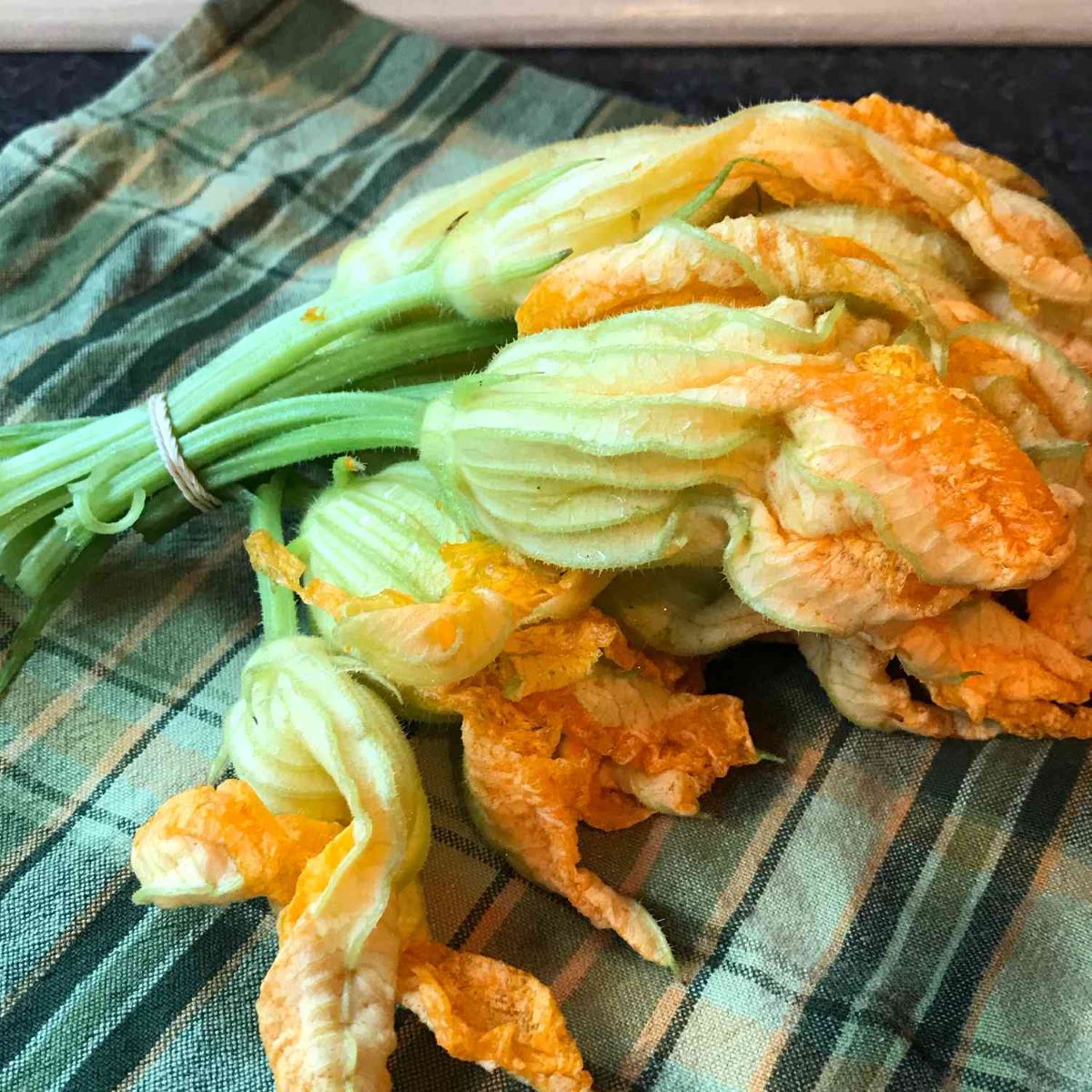
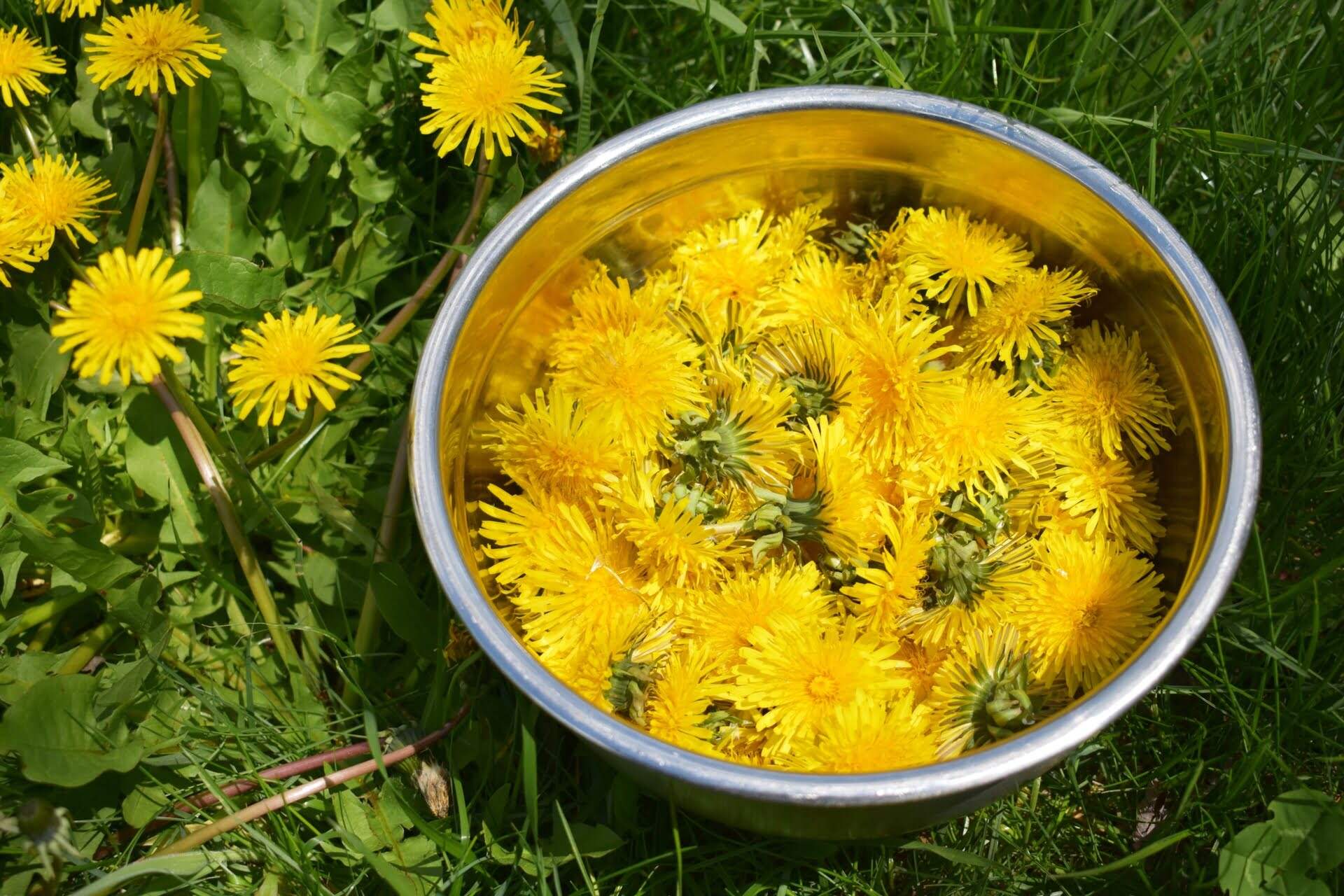

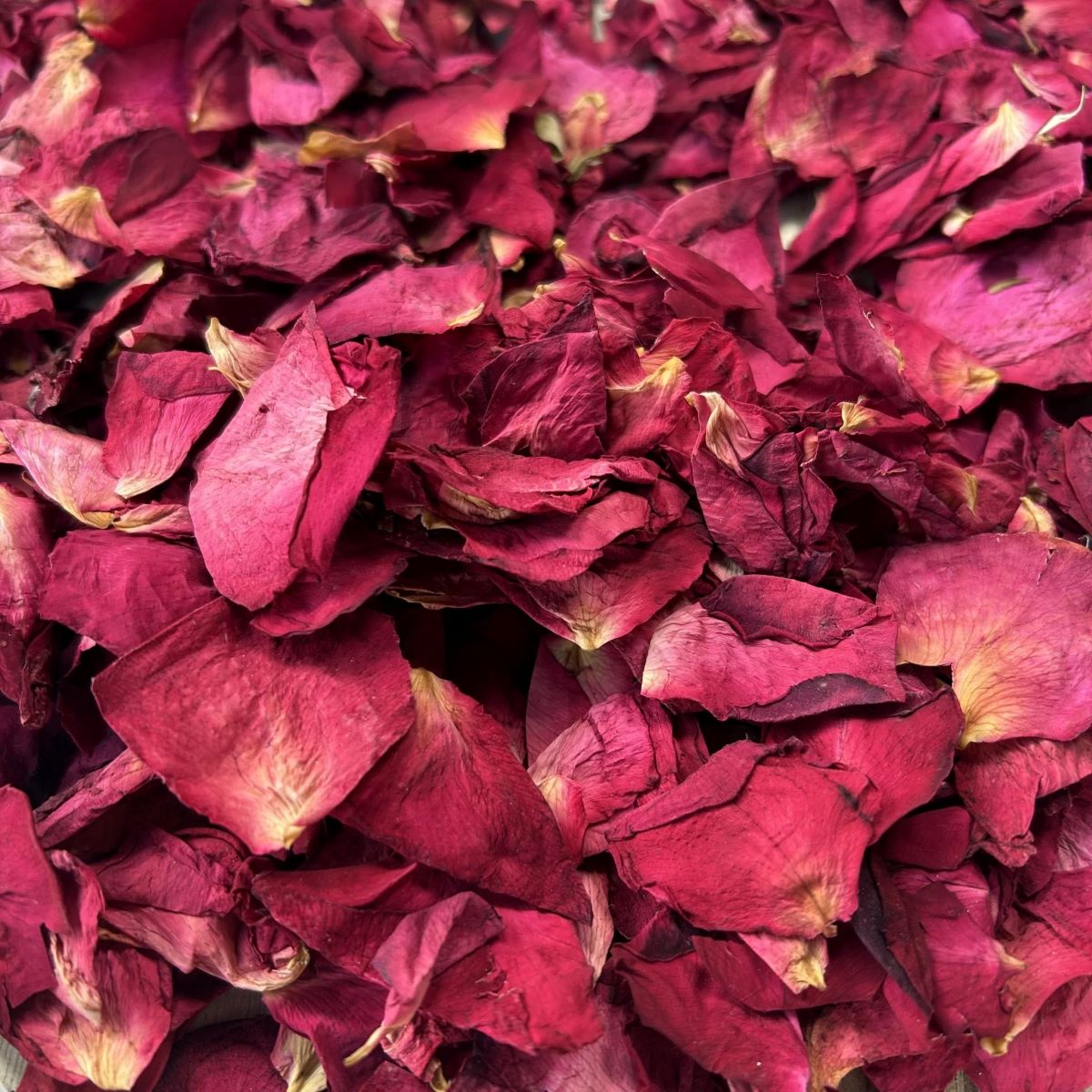
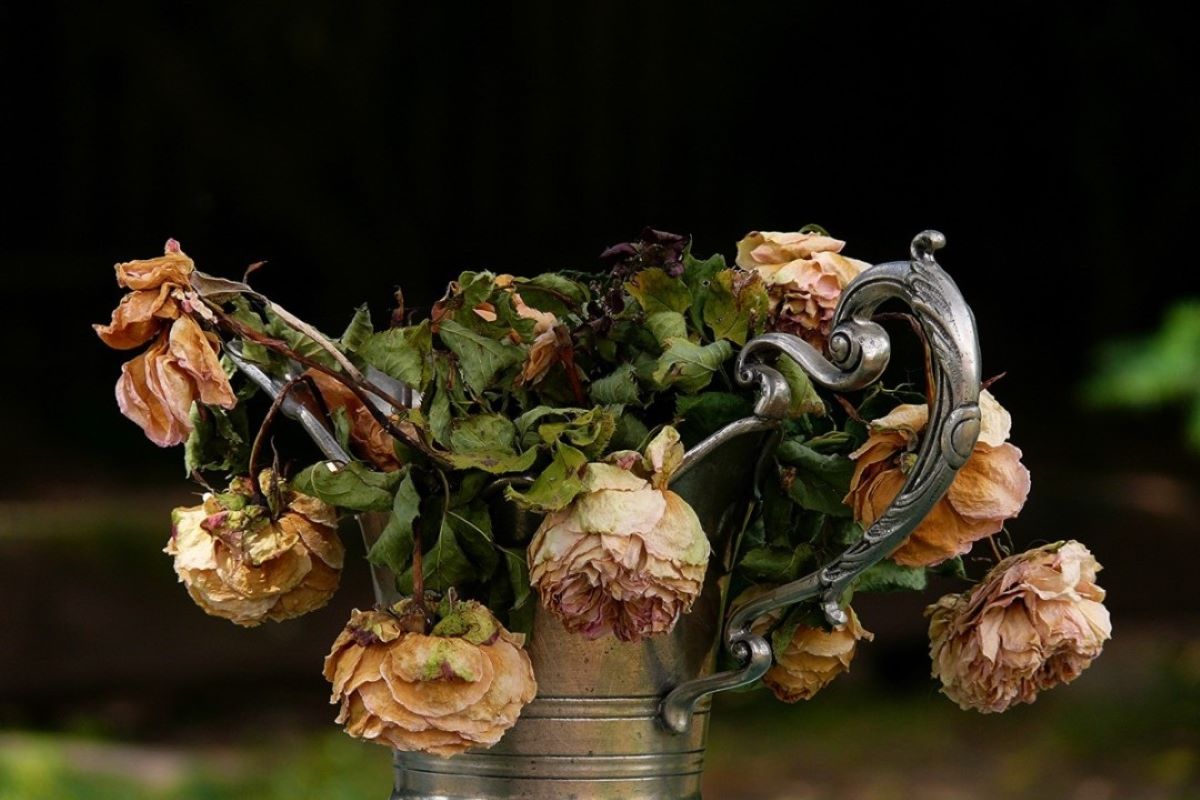
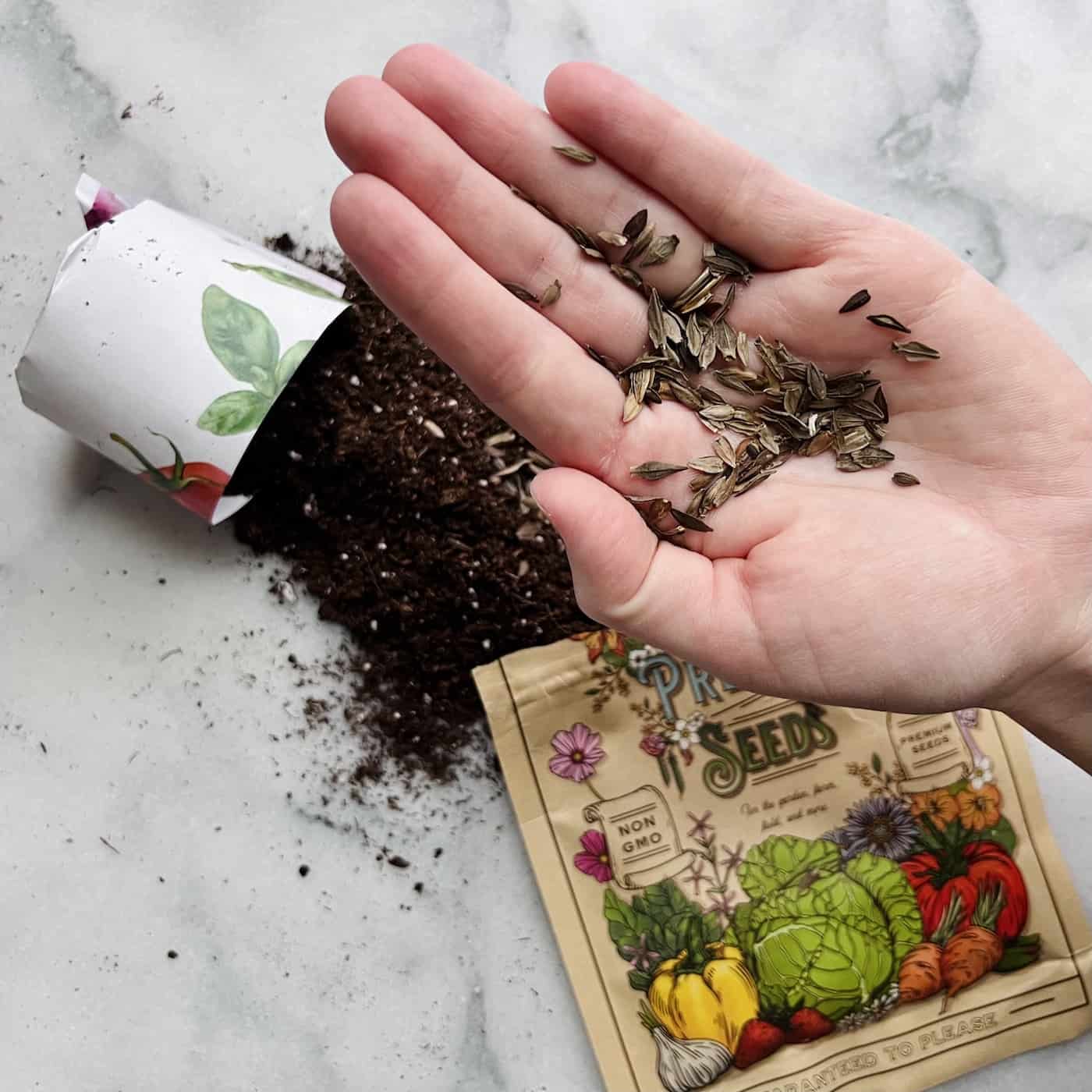
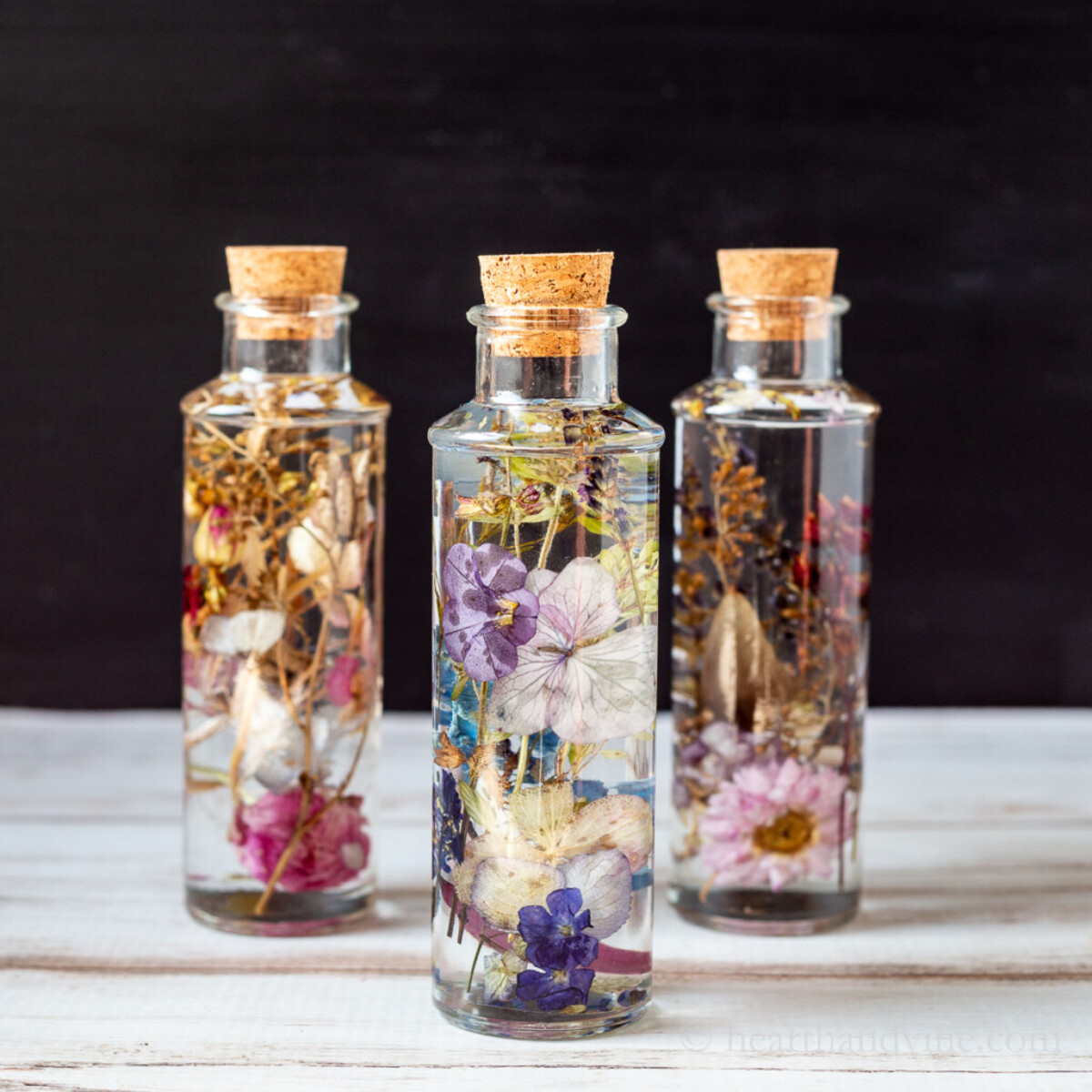
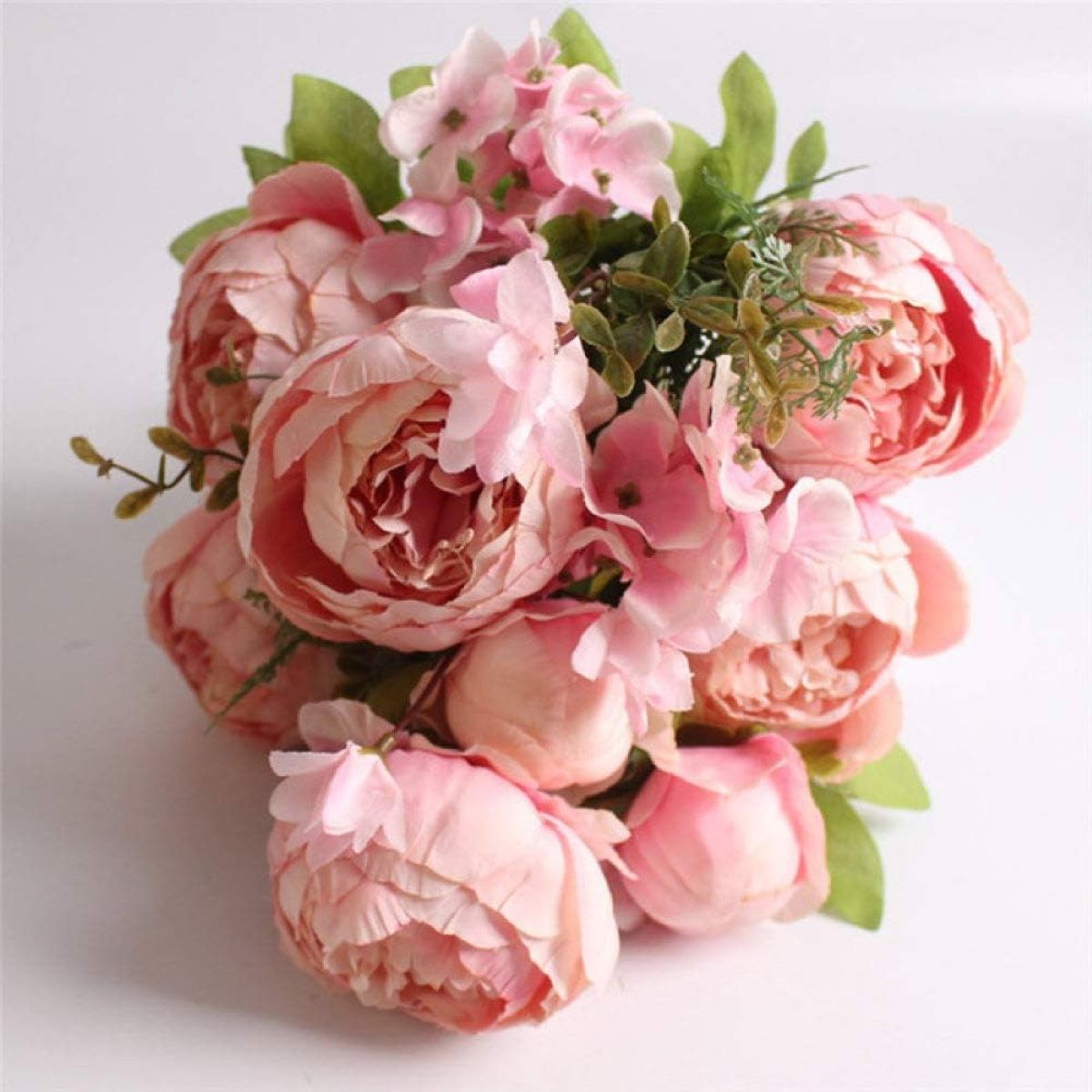
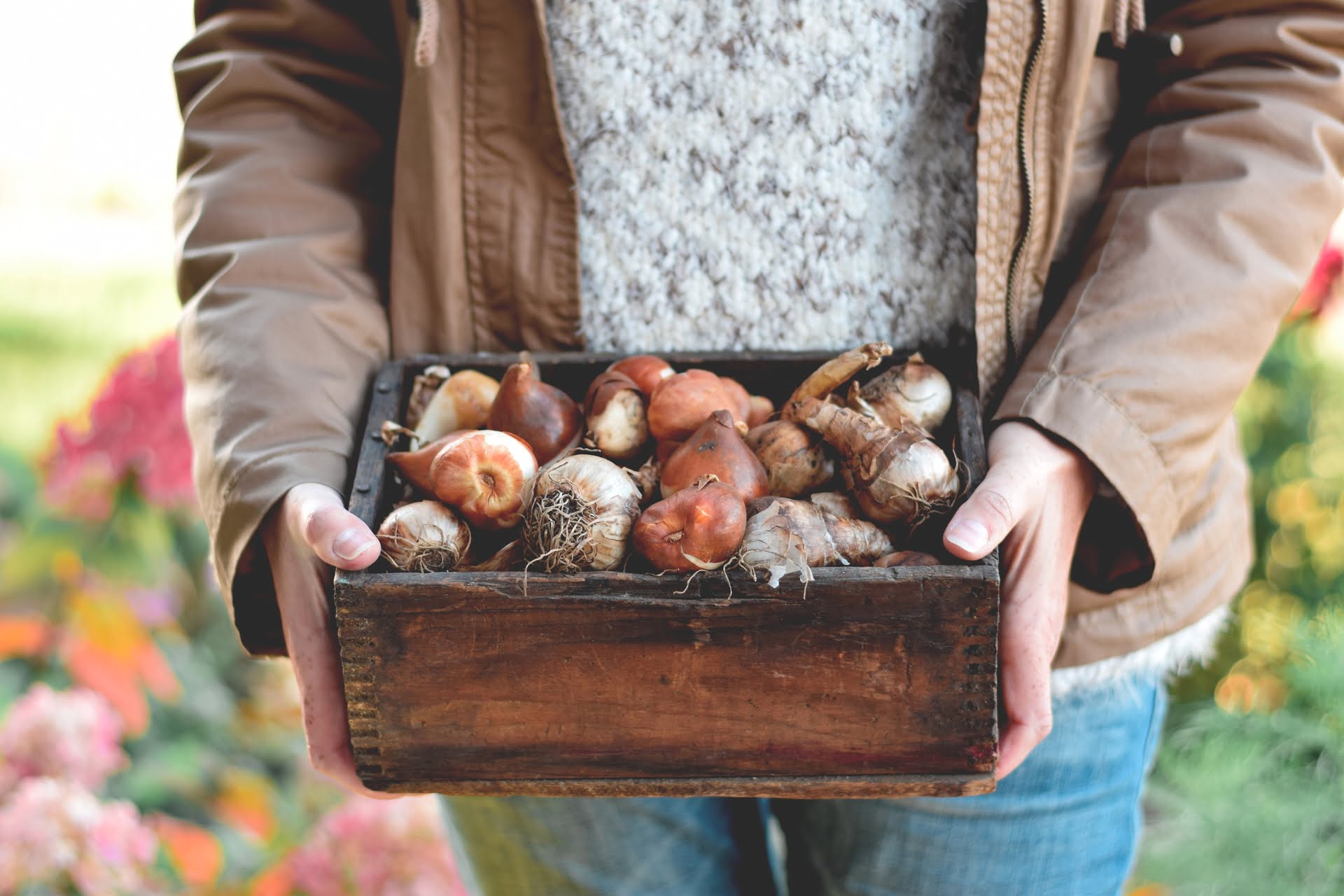
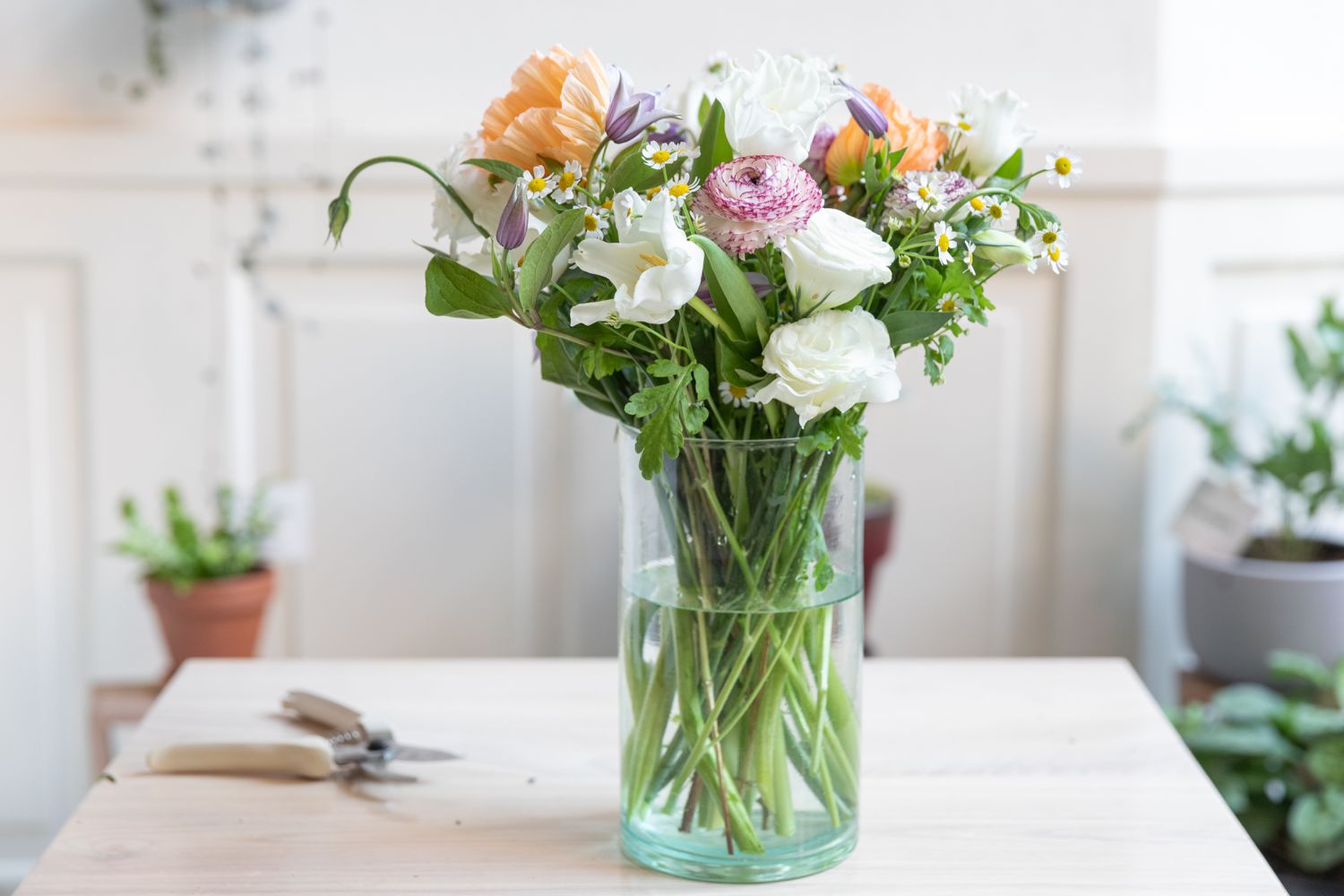


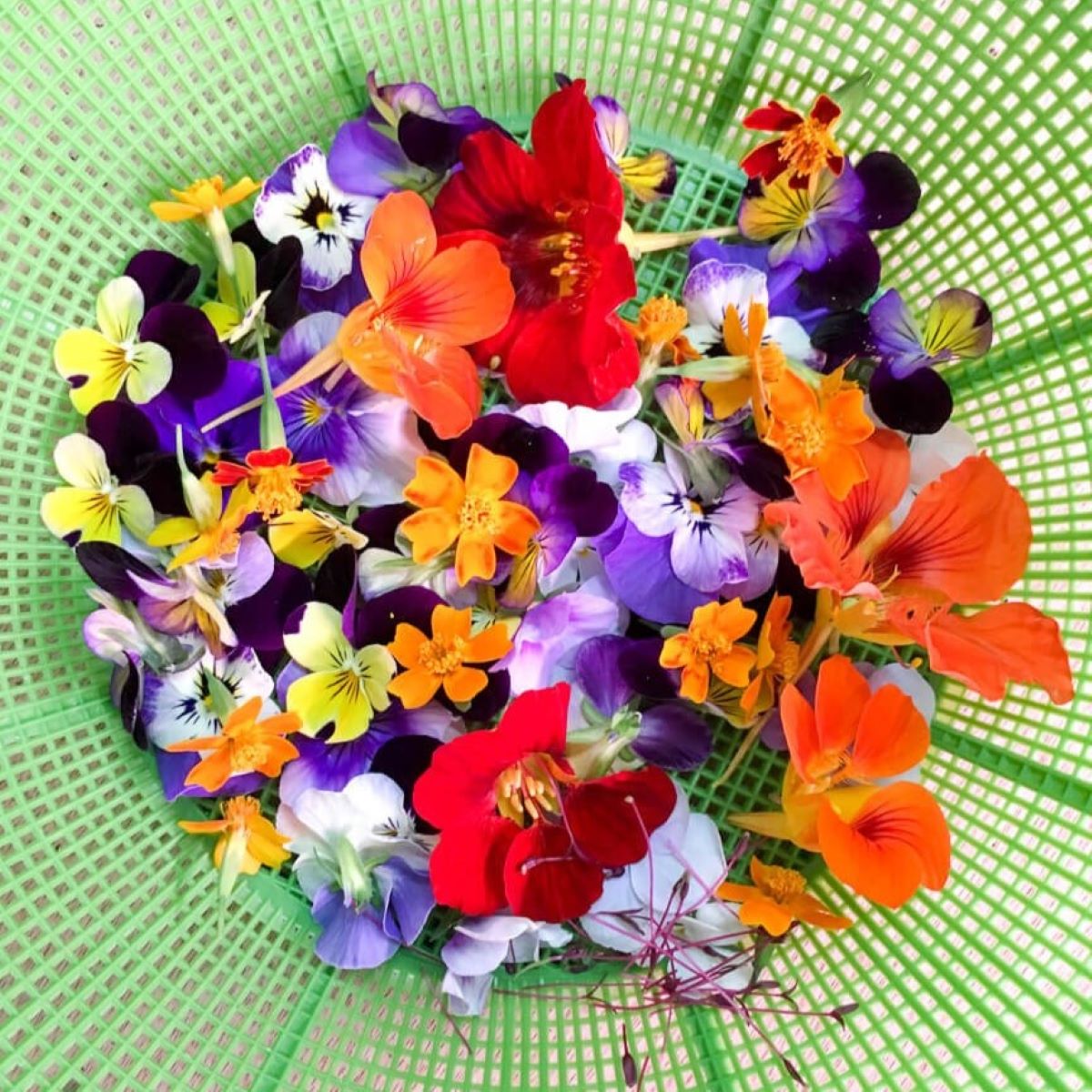
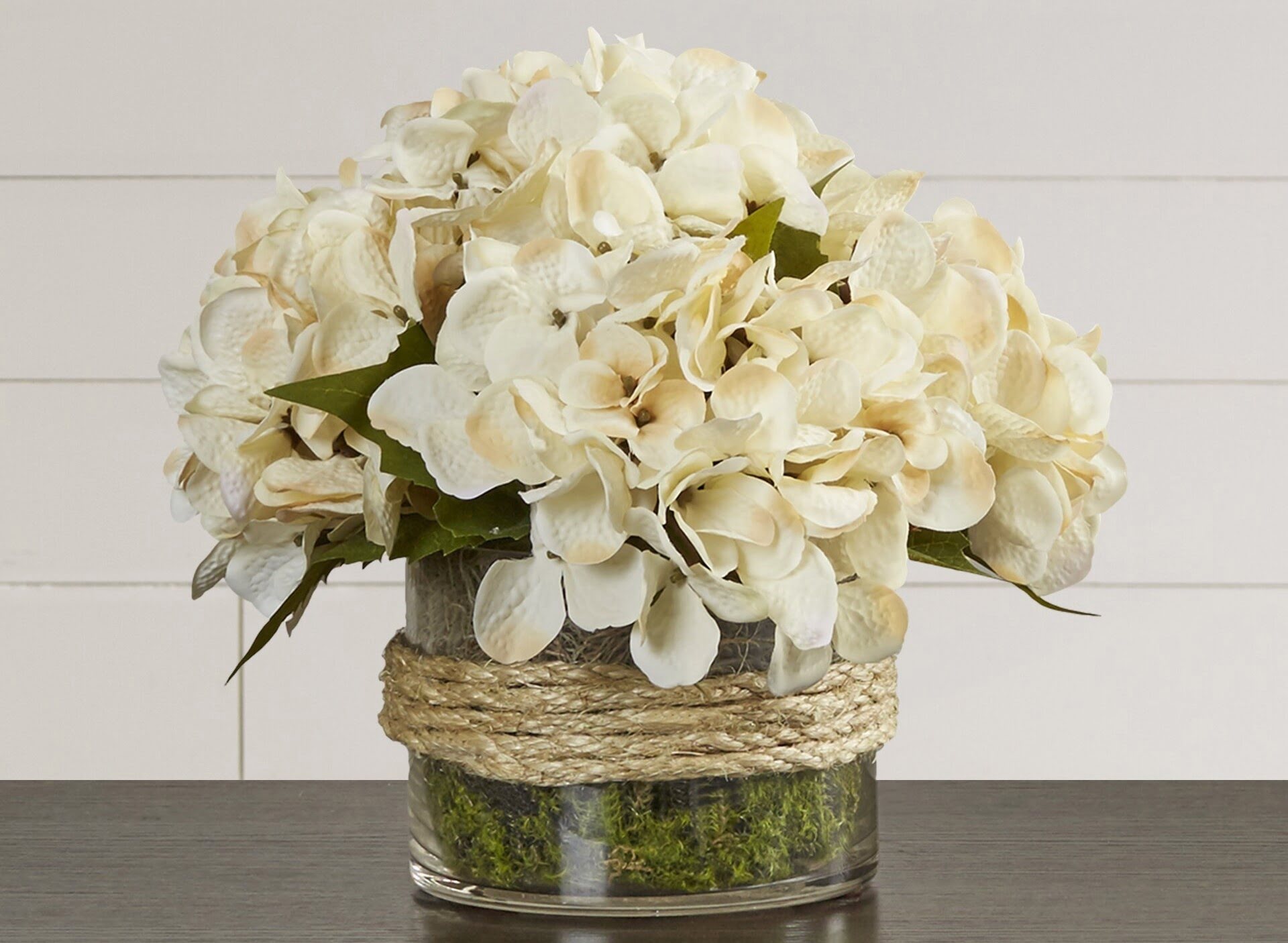

0 thoughts on “How To Store Flowers”